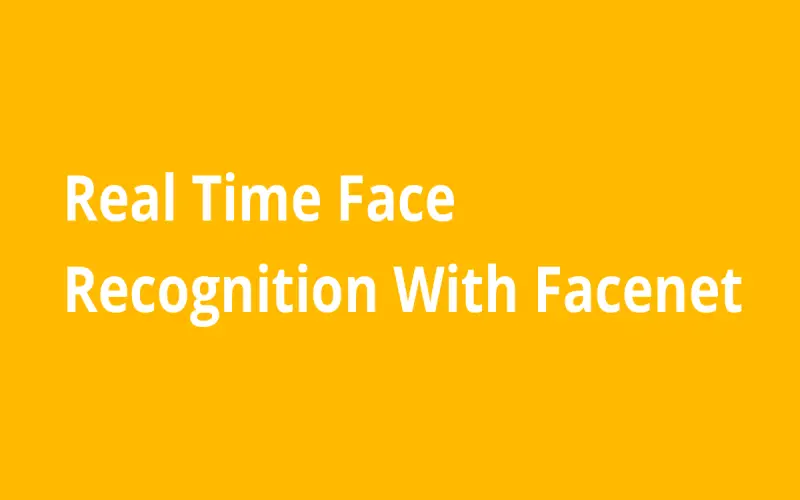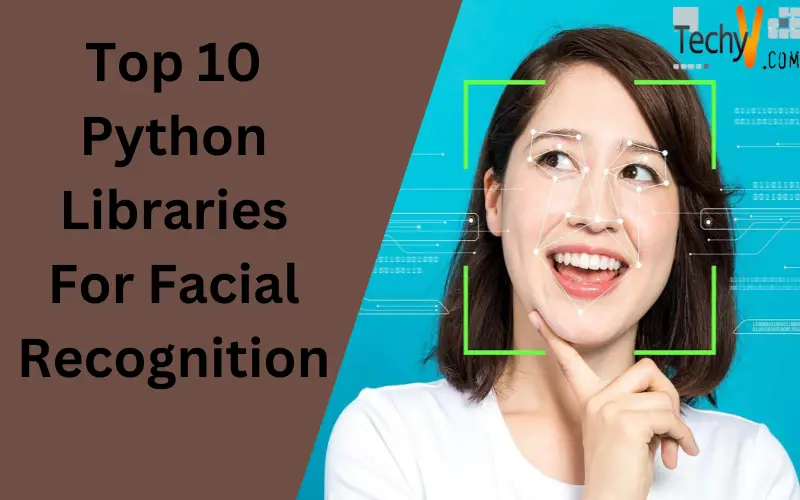Python is one of the most versatile programming languages which provides applications in almost every other field available. Fields like web development, android app development (but not so reliable apps), cryptography encryptions, object detecting, image detecting, video detecting, machine learning, deep learning, game development, web scraping, etc. In this article, we will explore the top 10 Python libraries for facial recognition in the field of computer vision. Face recognition is a tool provided by most computer vision libraries. But few open source libraries completely focus on face and image recognition making them a highly accurate and reliable option for your project or application. This article lists the libraries that focus entirely on face and image recognition and also a few popular and commonly used computer vision libraries that provide additional functions for image recognition.
1. Face Recognition
Face recognition is a leading Python library when it comes to facial recognition. You can install this library using pip in your system. The face recognition library is built using the lib library (which is built using C++ language). This library can help you recognize human faces with 99.38% accuracy which is amazing. It comes with several built-in functions to get you started with it. You can detect multiple faces present in a single image, compare faces, and integrate with any of your Python backend applications. To install it you need to type “pip install face_recognition” in your command line interface.
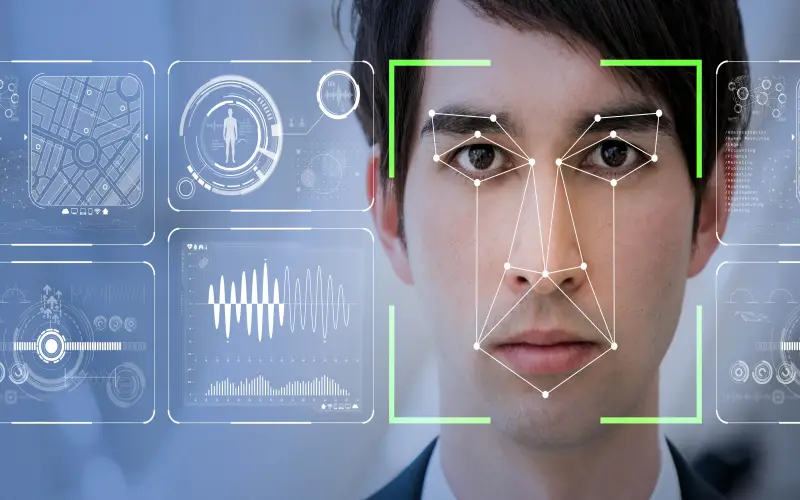
2. DeepFace
DeepFace is another popular facial recognition library available with Python. It was developed by an artificial intelligence research group at Facebook in 2015. It is a hybrid face detection library that lets us use state-of-the-art frameworks like VGG Face, Google FaceNet, and Facebook DeepFace all in one place. It uses Tensorflow and Keras core components. It is expected to provide 97% accuracy. You can download it by typing “pip install deepface” in your command line interface.
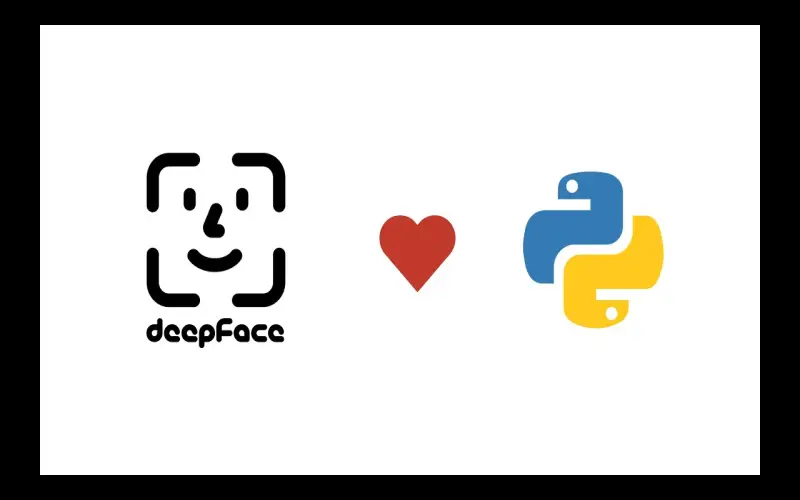
3. Auto Face Recognition
Auto face recognition is not so popular library and it is developed by an individual developer. The aim behind building an “auto-face-recognition” library was to reduce the complexity involved in tasks like this. Auto face recognition uses Tensorflow version 2.0+ for face recognition and model training. For training the model to recognize any particular face you need to gather a good number of images of face and train the model on those face images.
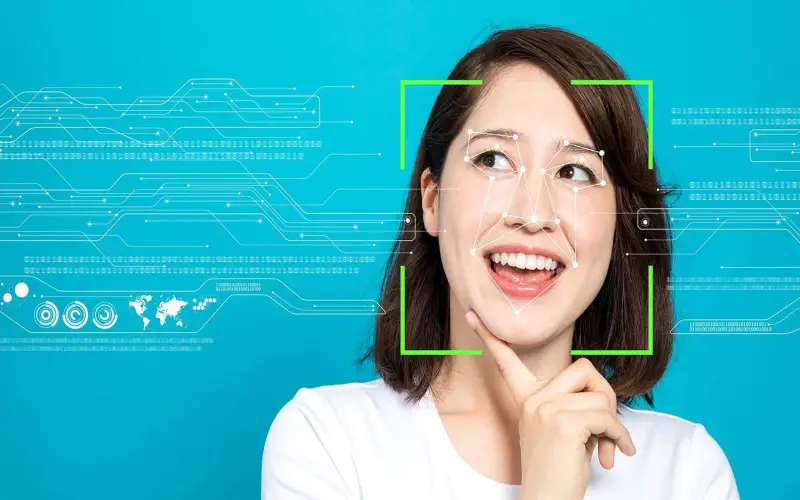
4. FastAI
FastAI is a high-level deep learning library that provides built new components for easily creating state-of-the-art deep learning models in various applications. It also provides built-in functions and methods for face or image recognition. These methods and functions can be accessed directly from its GPU-optimised computer vision library in Python programming language.

5. IPSDK
IPSDK is a library that enables you to work in C and Python. It provides a variety of tools to work with photos, whether 2D or 3D. It is smart as it adapts to your system configuration. This library is useful for various tasks such as handling large numbers of photos and processing them quickly in batches. It can also work on high-performance computer clusters for high performance and reliability. So, if you need to process high-quality graphic images, IPSDK is your one-go solution. It can be used for face and image recognition after training the model on custom face dataset.
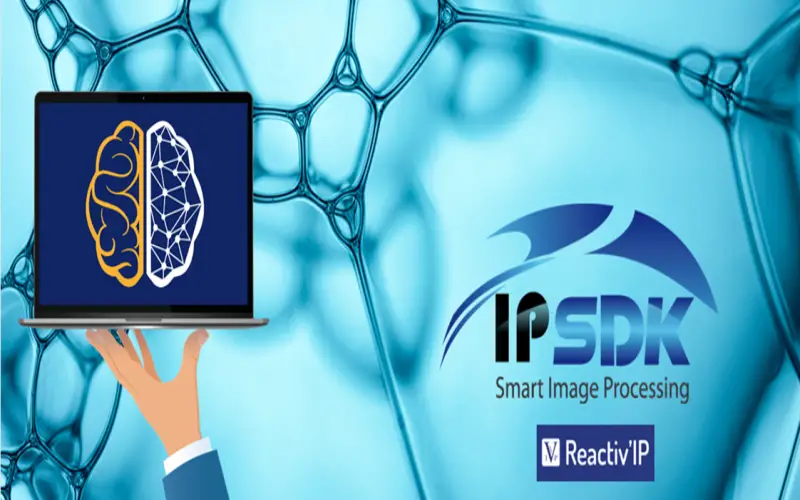
6. Imutils
Imutils is a bundle of tools consisting of computer vision tools and predefined functions. It’s like a toolbox used for working with images by using OpenCV. It has several built-in functions for image processing tasks such as shifting, rotating, resizing, displaying images with Matplotlib, sorting shapes, finding edges, and much more. This makes it less complicated to perform various complex tasks when operating with photos in computer vision.
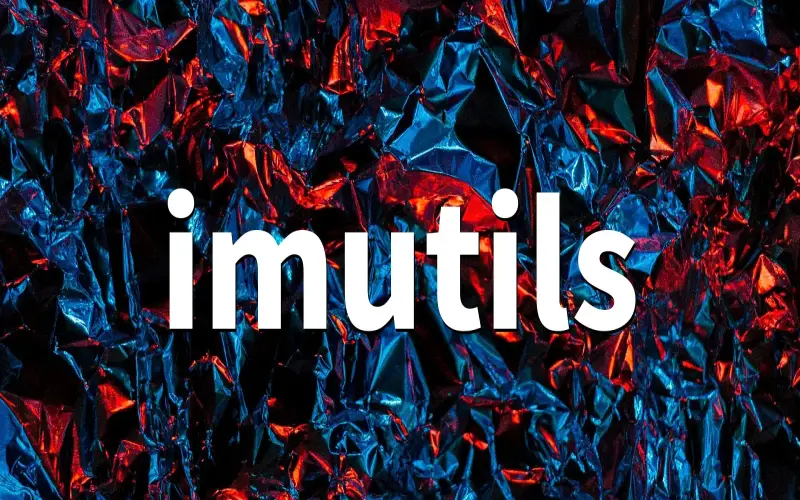
7. Keras
Keras, which is written in Python, is a user-friendly deep-learning library. It works on top of Tensorflow or Theano, which are a few of the most popular deep-learning frameworks. Keras was created to make it easy to learn and work with deep learning. This library combines several features with supporting convolutional networks and recurrent networks that are crucial for fields like image recognition and long sequence analysis. Keras is famous for its easy and quick-to-use API functions. Keras can be used for almost every deep learning application including training custom models for face recognition.
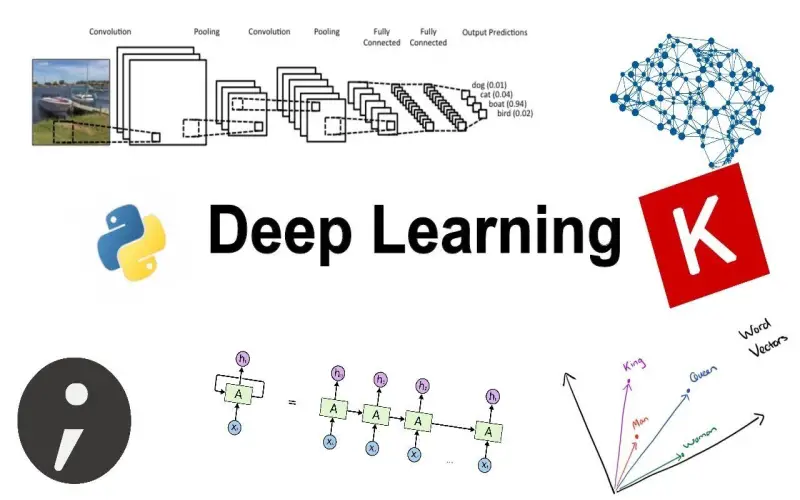
8. CompreFace
CompreFace is another solution available free for use which was published on GitHub in 2020. It has over 3400 stars in GitHub, but the library seems promising and reliable. CompreFace is a REST API self-hosted solution that can get you started directly in the Docker compose command. It is easy to integrate into your application as it has REST API, this library is scalable and can recognize faces from several video streams. CompreFace has a simple UI for managing user roles and face collections It lets you choose from two face recognition methods which are FaceNet with an accuracy of 99.65% and InsightFace with an accuracy of 99.86%.
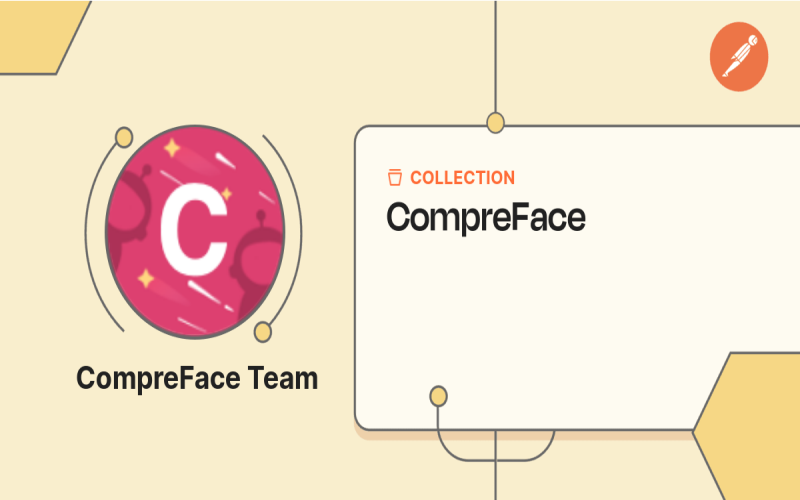
9. OpenCV
OpenCV is a short for open source computer vision library which is a free and open-source software program library for computer vision. It’s an effective tool for computer image processing and advanced real-time motion or object detection. Intel created it in the year 2000. OpenCV consists of various range of algorithms and features for several computer vision applications. These provide detecting and spotting faces, identifying objects, tracking moving objects and digital camera motions, monitoring eye movements, developing 3D visual overlays, adding augmented elements to scenes, and locating similar photos in a database. OpenCV is very versatile and is available in several programming languages like C, Java, Python, MATLAB, and more.
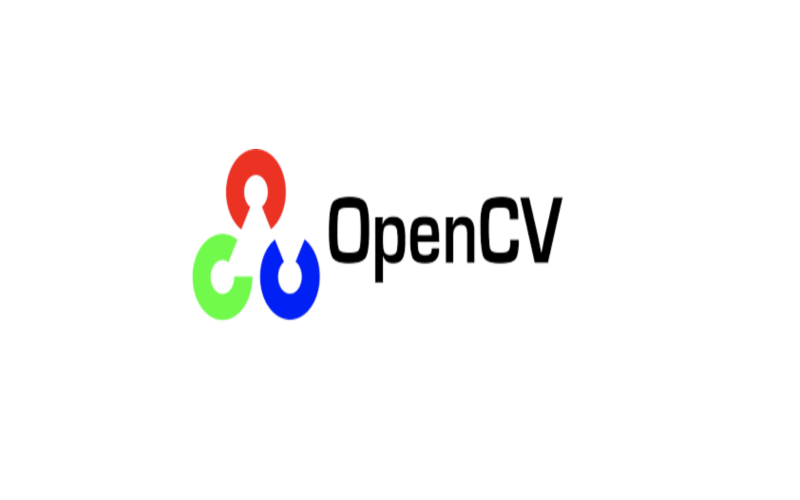
10. FaceNet
FaceNet is a library that solely focuses on face recognition and it is developed by Google researchers. It is an open-source Python library like every other in this list. It has over 13,300 stars on GitHub and several how-to articles available on the internet to get you started. It is a quite old method for face recognition but, lots of researchers use it for projects such as face_recognition in masks. It’s expected to provide an accuracy of 99.65% on the LFW dataset.
